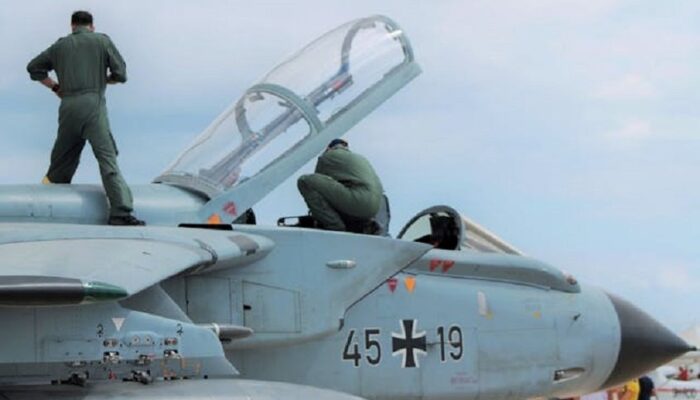
In the realm of modern transportation, few industries are as rigorously regulated and meticulously monitored as aerospace. From commercial airliners to private jets, and helicopters to space shuttles, ensuring the safety of passengers and crew alike is paramount.
Behind every successful flight lies a comprehensive framework of strategies and protocols designed to mitigate risks and maximize safety. In this blog post, we delve into some of the key strategies employed in the aerospace industry to ensure safe and secure flights.
Regulatory Compliance:
At the core of aerospace safety lies a robust system of regulations and standards set forth by international aviation authorities such as the Federal Aviation Administration (FAA) in the United States and the European Aviation Safety Agency (EASA) in Europe.
These regulations cover every aspect of aviation, from aircraft design and maintenance to pilot training and air traffic control procedures. Compliance with these regulations is non-negotiable for airlines, manufacturers, and operators, serving as the cornerstone of aerospace safety.
Stringent Maintenance Procedures:
Aircraft maintenance is a meticulous and ongoing process that ensures the airworthiness of every plane in operation. Scheduled inspections, routine checks, and preventive maintenance measures are implemented to identify and address potential issues before they escalate into safety concerns.
Maintenance crews undergo rigorous training and certification programs to uphold the highest standards of quality and safety, minimizing the risk of mechanical failures during flight.
Advanced Technology Integration:
In the aerospace sector, there is a consistent embrace of technological advancements aimed at bolstering safety and efficacy. Ranging from cutting-edge avionics systems to sophisticated materials and manufacturing methodologies, these innovations significantly contribute to elevating aircraft performance and dependability.
For instance, developments like collision avoidance systems, predictive maintenance algorithms, and real-time monitoring solutions empower operators to preemptively detect and address risks, thereby amplifying safety measures in aerial operations.
Moreover, technologies like CNC milling have revolutionized manufacturing processes, enabling the production of precise and reliable components essential for aircraft construction, further fortifying safety standards within the industry.
Comprehensive Training Programs:
Pilots, cabin crew, and ground personnel undergo extensive training to prepare for various scenarios and emergencies. Simulator-based training programs replicate real-world conditions, allowing aviation professionals to hone their skills and decision-making abilities in a safe environment.
Training curricula cover a wide range of topics, including aircraft handling, emergency procedures, crew resource management, and human factors, equipping personnel with the knowledge and skills needed to ensure safe operations under any circumstances.
Effective Communication Protocols:
Communication is essential in aviation, both within the cockpit and between air traffic controllers and pilots. Clear and concise communication protocols help facilitate smooth coordination and collaboration among all parties involved in flight operations.
Standardized phraseology, radio procedures, and emergency protocols minimize the risk of misunderstandings and errors, fostering a culture of effective communication that is vital to aerospace safety.
Continuous Safety Monitoring and Analysis:
The aerospace industry employs a proactive approach to safety through continuous monitoring and analysis of flight data, incident reports, and safety trends. Dedicated safety management systems (SMS) enable operators to identify potential hazards, assess risks, and implement corrective actions to prevent accidents and incidents.
By analyzing data from various sources, including flight recorders, maintenance logs, and operational reports, aviation safety experts can identify systemic issues and implement targeted interventions to enhance safety performance.
Collaborative Industry Initiatives:
Aerospace safety is a collective responsibility that extends beyond individual airlines and operators. Industry-wide initiatives, such as the Aviation Safety Information Analysis and Sharing (ASIAS) program and the International Air Transport Association (IATA) Operational Safety Audit (IOSA), facilitate collaboration and information sharing among industry stakeholders.
By pooling resources and sharing best practices, the aviation community works together to address common safety challenges and continuously improve safety standards across the board.
Emphasis on Human Factors:
Recognizing the critical role of human factors in aviation safety, industry stakeholders place a strong emphasis on human-centered design principles, crew resource management (CRM) training, and fatigue risk management programs.
By understanding human limitations and vulnerabilities, aviation professionals can identify potential sources of error and develop strategies to mitigate their impact on safety. Crews are trained to effectively communicate, make informed decisions, and manage workload, ensuring optimal performance in the cockpit and beyond.
In Conclusion
Aerospace safety is the result of a multifaceted approach that encompasses regulatory compliance, maintenance excellence, technological innovation, comprehensive training, effective communication, continuous monitoring, collaborative initiatives, and a focus on human factors. By integrating these strategies into every aspect of flight operations, the aerospace industry strives to maintain the highest standards of safety and security, ensuring that every journey is a safe and smooth one for passengers and crew alike.
